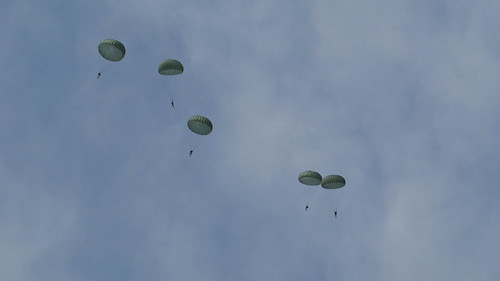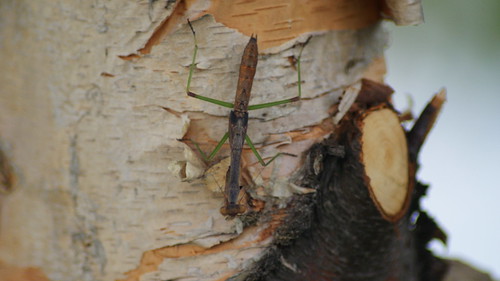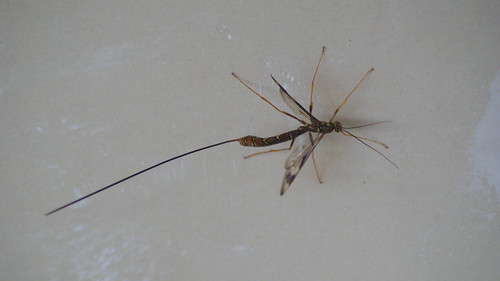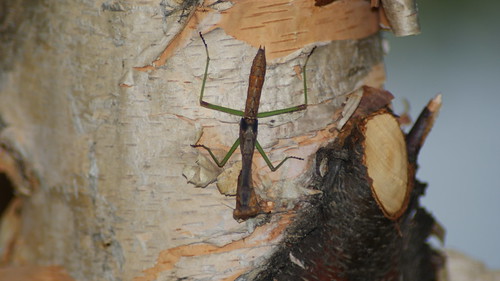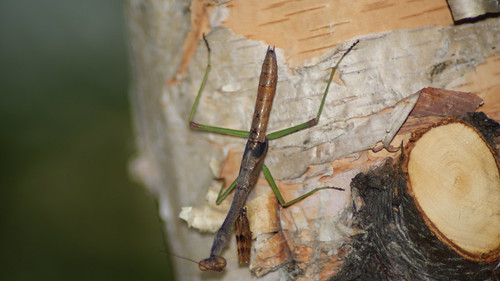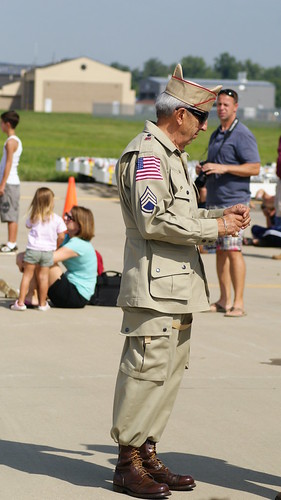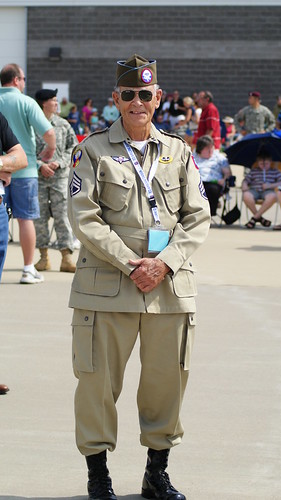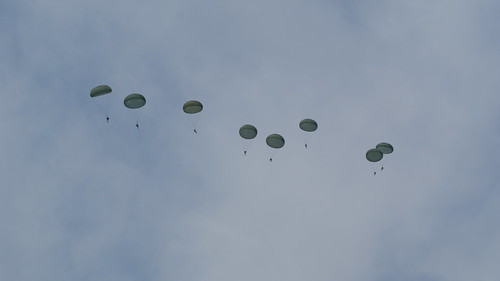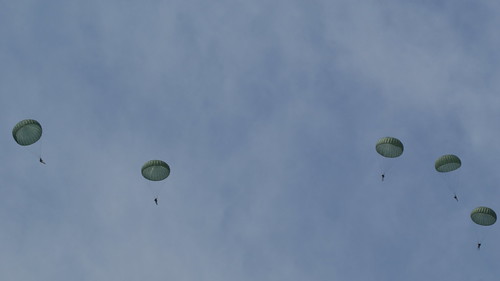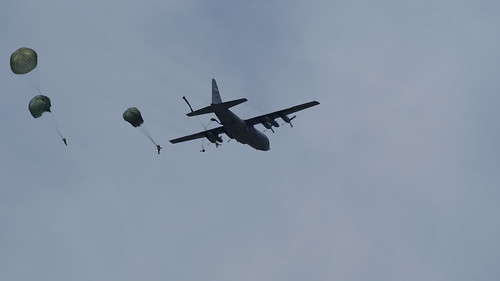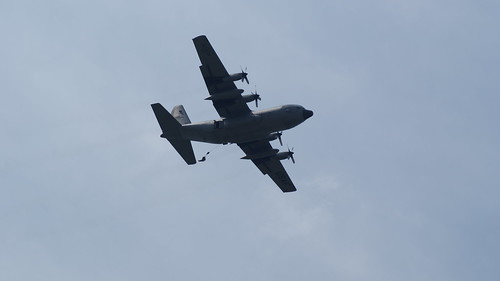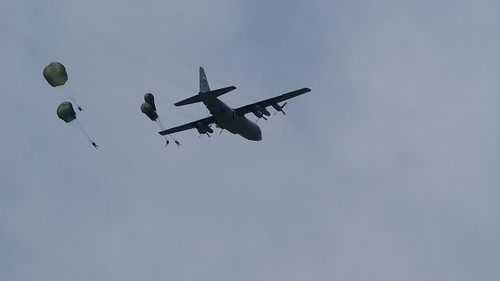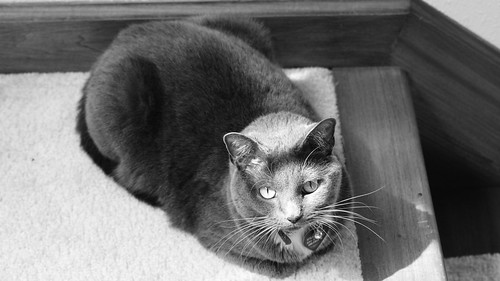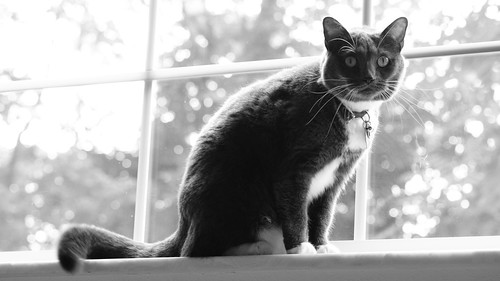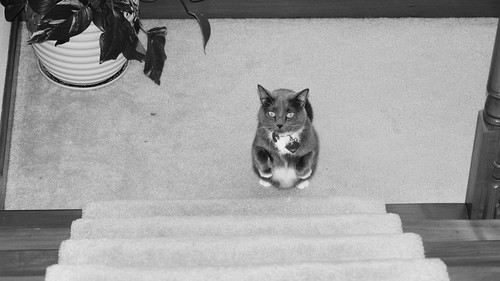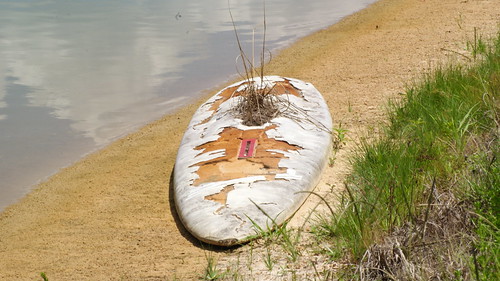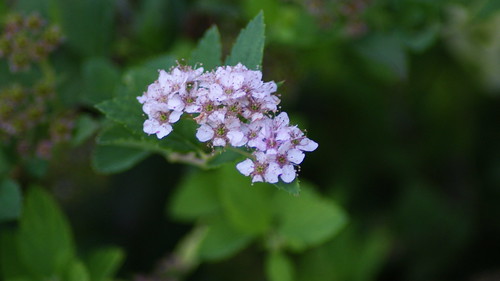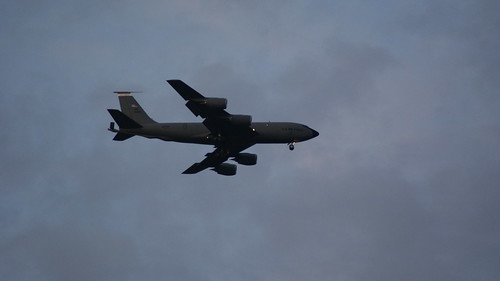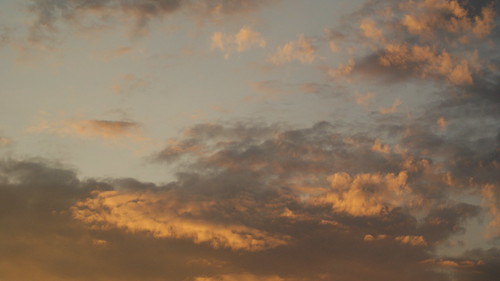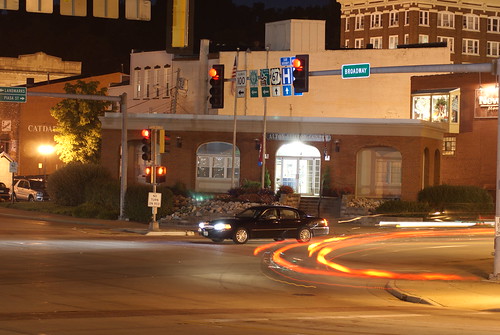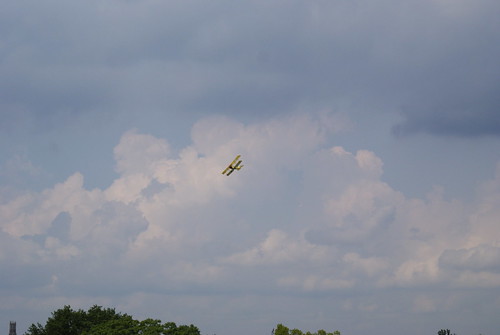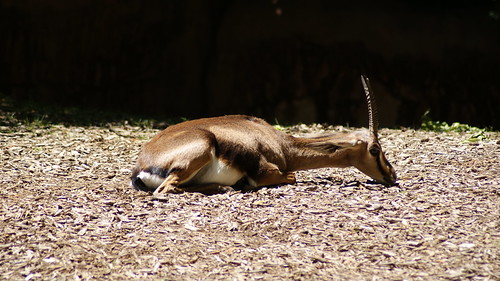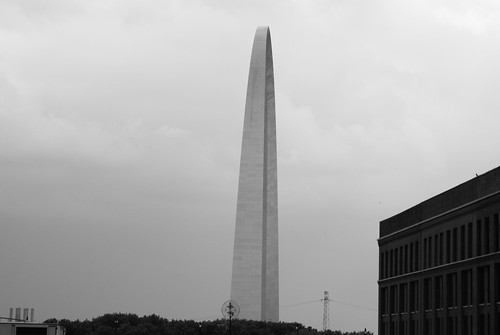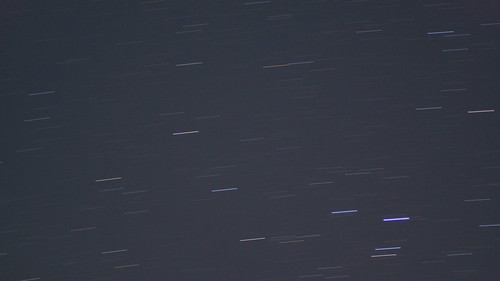As viewed on the website
Tue, 2007-09-11 15:25 — udijw
 Painting
Painting
with light is a fun technique that gives great results. It is called
painting with light because this is what you are actually doing while
taking the shot - painting with light.
You don't need much to experiment with this kind of shot, just make sure you have the following items:
1. A camera capable of long exposures - film cameras will work OK,
but if you really want to get the most out of the shooting session, use
a digital camera. You will be able to see the results in "real time"
and make corrections as you go.
2. A nice tripod. Since you will be doing some long exposures you
want to make sure your camera sits still. If you don't have a tripod
you can make one in a few minutes (see this article or this one).
3. A flash light - and by flash light I do not mean flash as in a
speedlight, but the flash light or what our British will call a torch.
4. A dark location. This one is tricky. If you are going to shot at
home - a dark room will be OK. If you are going to shoot outside - make
sure that you are not doing this under a street light, or where a car
can come by and "paint its headlight" all over your shot.
Here is how it's done:
Set your camera on the tripod and take a sample shot with flash /
lights on. This will help you verify that your composition is OK.
Set the exposure to a relatively long value. Stop down the aperture
as much as you need. If you are outside do nothing. If you are inside -
this is the time to turn off the lights.
Make the click. Once the shutter is open use your flashlight to
light the stuff that you want to "paint". You can use the flashlight as
a brash, and "smear" the light, just like you would have done with
brush and paper. Or, you can use the light as a pen, and do precise
work. Areas where you go slowly will be more lit then others. Be
careful not to linger to much over the same stop - you will burn it.
(The machos amongst you will correctly identify this as the "I forgot
the iron on the shirt" phenomena).
Once the shutter closes, you are a free person again. Inspect your image and make corrections.
Here are some great ideas to use this technique with:
Product like shot - In a closed (dark) room place your
product on a table and paint it's contour. You can use several colors
to make a strong effect or to draw different (even imaginary) parts of
your object.

Image by Rodrigo da Cunha
Location shot - find a location with some ambient
light. Find an object that is less "hit" by that light. now you can use
the ambient light to capture the background, while painting the object
with light. You will get a nice effect - with some surreal foreground
and a "normal" background. Also the white balance will be different on
ambient and painted - another cool side affect.

Image by hyper7pro
Environmental Graffiti - If you are shooting a wall
(or even on thin air...), you can scribe on the wall. Make funny
graffiti; Write huge love notes; Make a political statement - there
will be no trace left other then the one on your memory card.

Image by Aitor







